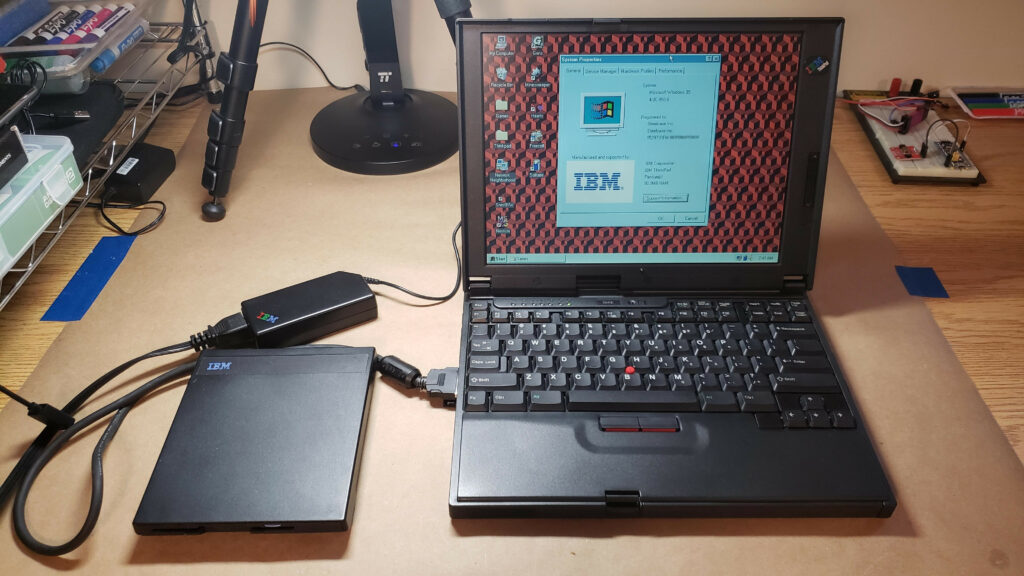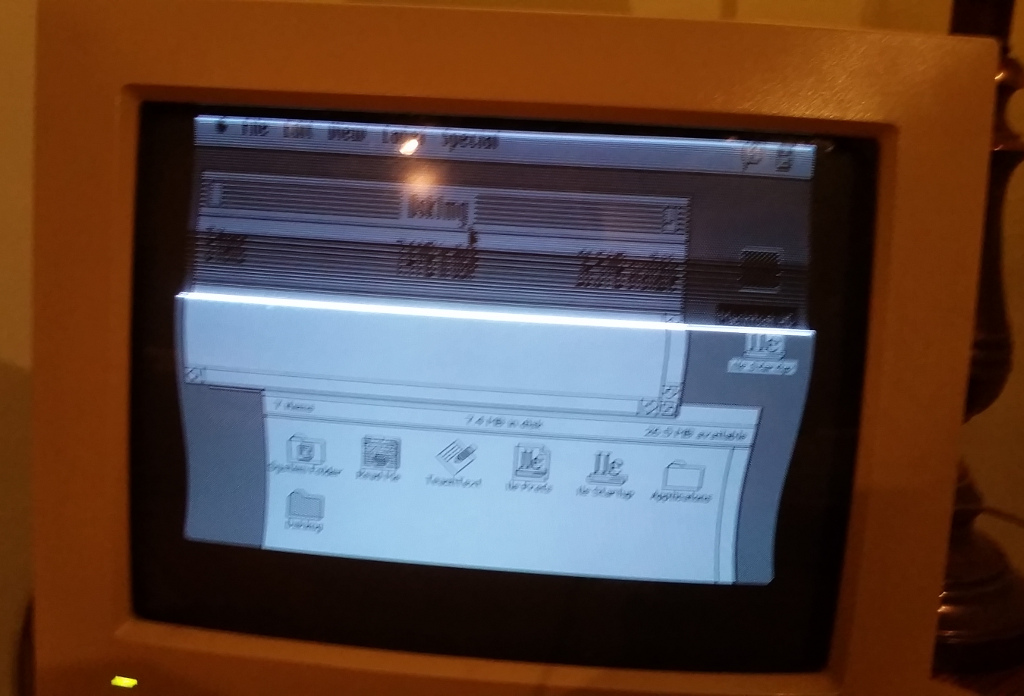Source: The Week: Most Recent Home Page Posts
Article note: As much as explicitly differential treatment makes me nervous, this increasingly seems like the sanest thing.
Favor:
- Kids too young to take care of their own physical and social needs.
- Kids in documented precarious situations (Free/Reduced lunch, etc.)
and invest the in-person resources in them.
The upper-middle-class highschoolers can sit in their rooms, do computer-mediated-communication like they would be doing preferentially anyway, and learn to make themselves lunch.
Otherwise, the already-epic gap between the kids whose parents have the means and will to independently care for them and the ones who don't is going to accelerate to an untenable degree.

As coronavirus cases continue to climb in the U.S., the question of whether or not schools should open in the fall presents an "absolute disaster of epic proportions with no good answers, no clear sides, and no room for either/or thinking," says Shayla R. Griffin, Ph.D., MSW, author of Those Kids, Our Schools & Race Dialogues. In a Medium post, Griffin says that instead of either/or thinking, we should try a both/and solution: Some schools should open. Some students should go.
More specifically, schools should open full-time only for the students most at the margins, "who are at greatest risk if school buildings remain closed, who cannot meet their basic needs without them." This includes children who need school in order to eat, or are too young to be at home alone while parents go back to work, or who have disabilities "that cannot be supported outside of a school building."
Everybody else should stay home "so that there is some hope of educating those who truly cannot stay home safely." While this plan will be hard for everyone, Griffin says, "unlike many of the other proposals I've seen, at least this response will be both hard and just."
Read her entire argument at Medium.




